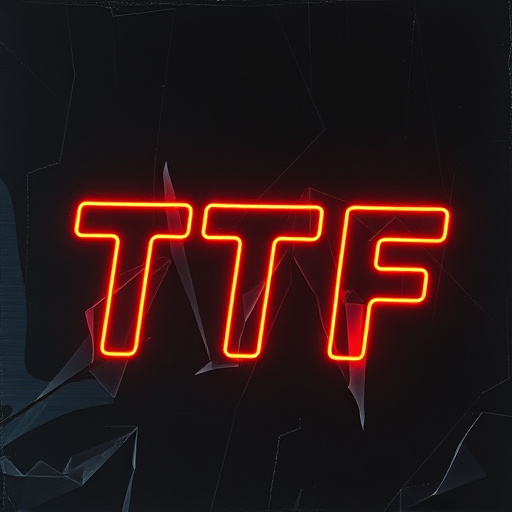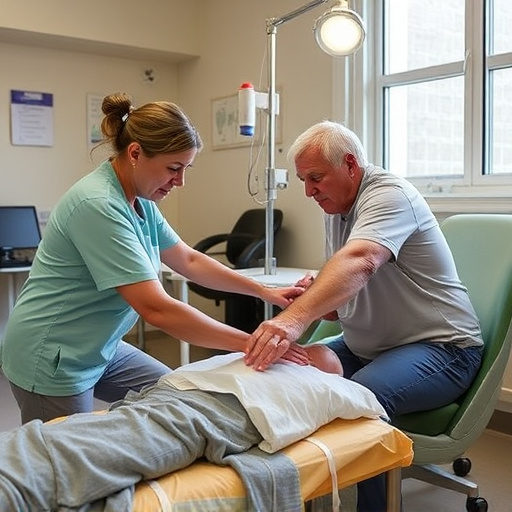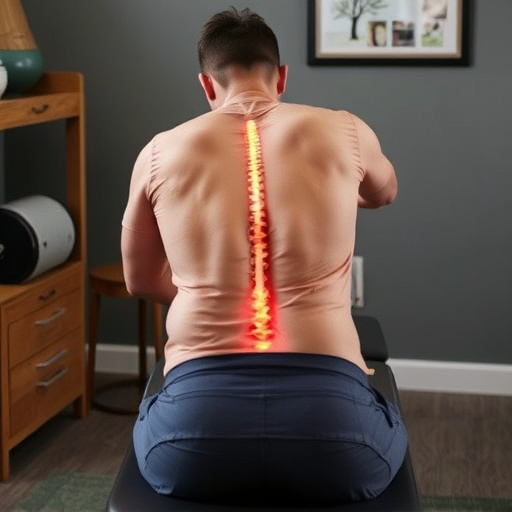Shockwave plantar fasciitis, caused by fascia inflammation and micro-tears, severely impacts mobility and daily life. Combining physical therapy with shockwave treatment proves effective in reducing inflammation, promoting tissue repair, and restoring function, offering relief and enabling active lifestyles. Recovery times vary based on age, severity, and health; younger patients may recover in 2-3 months, while older adults or severe cases could take up to a year. A strategic approach involving RICE methods, rehab, physical therapy, stretching, and shockwave therapy under professional guidance is essential for managing and healing this condition.
“Recovering from shockwave plantar fasciitis requires understanding its unique impact on the feet. This innovative treatment targets chronic pain, but the road to recovery varies. In this article, we explore the factors influencing your healing journey, from initial diagnosis to full restoration.
We’ll delve into the science behind shockwave therapy, discuss what to expect during and after treatments, and provide strategies to expedite your recovery. By understanding these aspects, you can navigate your path to a pain-free life with improved mobility.”
- Understanding Shockwave Plantar Fasciitis and Its Impact
- Factors Influencing Recovery Time
- Strategies for Effective Healing and Management
Understanding Shockwave Plantar Fasciitis and Its Impact

Shockwave plantar fasciitis is a condition characterized by inflammation and micro-tears in the plantar fascia, a thick band of tissue that runs across the bottom of the foot. This often results from repetitive strain or sudden injuries, leading to intense pain, especially along the arch and heel. The impact can be significant, affecting mobility and daily activities, from walking and running to even standing for prolonged periods. Those suffering from this condition may experience chronic pain relief challenges, making it crucial to understand and address the root causes effectively.
The condition often requires a combination of treatments, including physical therapy, to manage symptoms and promote healing. Personalized treatment plans that include shockwave therapy have shown promising results in reducing inflammation and stimulating tissue repair. By targeting specific areas of pain and dysfunction, these approaches aim to restore function and alleviate discomfort, enabling individuals to return to their active lifestyles.
Factors Influencing Recovery Time

The recovery timeline for shockwave plantar fasciitis varies greatly among individuals due to several factors. Age plays a significant role; younger patients often heal faster than older adults, whose bodies may take longer to regenerate tissue and adjust to treatment. Similarly, the severity of the condition at initial diagnosis influences recovery duration. Mild cases might resolve in as little as 2-3 months with proper care, while more severe plantar fasciitis could take up to a year or longer to heal fully.
Other considerations include overall health and lifestyle habits. Patients with generally good health and active lifestyles tend to experience faster joint pain relief after shockwave therapy compared to those with pre-existing medical conditions or sedentary lifestyles. Pain management strategies, such as physical therapy exercises, orthotic inserts, and anti-inflammatory medications, often work in conjunction with shockwave treatment to streamline recovery and alleviate auto accident recovery symptoms associated with plantar fasciitis.
Strategies for Effective Healing and Management

Healing from shockwave plantar fasciitis requires a strategic approach to ensure effective management and optimal recovery. One key strategy is personalized treatment plans tailored to individual needs, which can include various techniques such as rest, ice, compression, and elevation (RICE). Additionally, rehab services and physical therapy play a crucial role in strengthening the affected area, improving flexibility, and enhancing overall foot health.
Incorporating regular stretching exercises, specific to the plantar fascia, can significantly reduce inflammation and promote healing. Moreover, specialized shockwave therapy sessions, when recommended by a healthcare professional, have proven effective in accelerating the recovery process. It’s important to remember that consistency and patience are vital; symptoms may improve gradually, and it could take several weeks or even months for complete healing, depending on the severity of the condition.
Shockwave plantar fasciitis, while challenging, can lead to effective healing with proper management. Recovery time varies based on individual factors, but understanding these influences allows for better-informed expectations. By adopting evidence-based strategies, individuals can accelerate their journey towards relief and restoration, ultimately reclaiming their active lifestyle. Consistent care and patience are key as each body’s response to treatment is unique.














